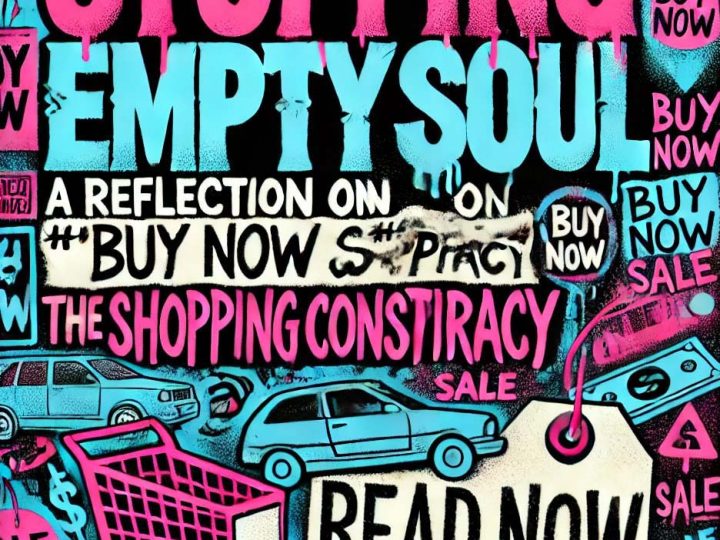Podcast
Video
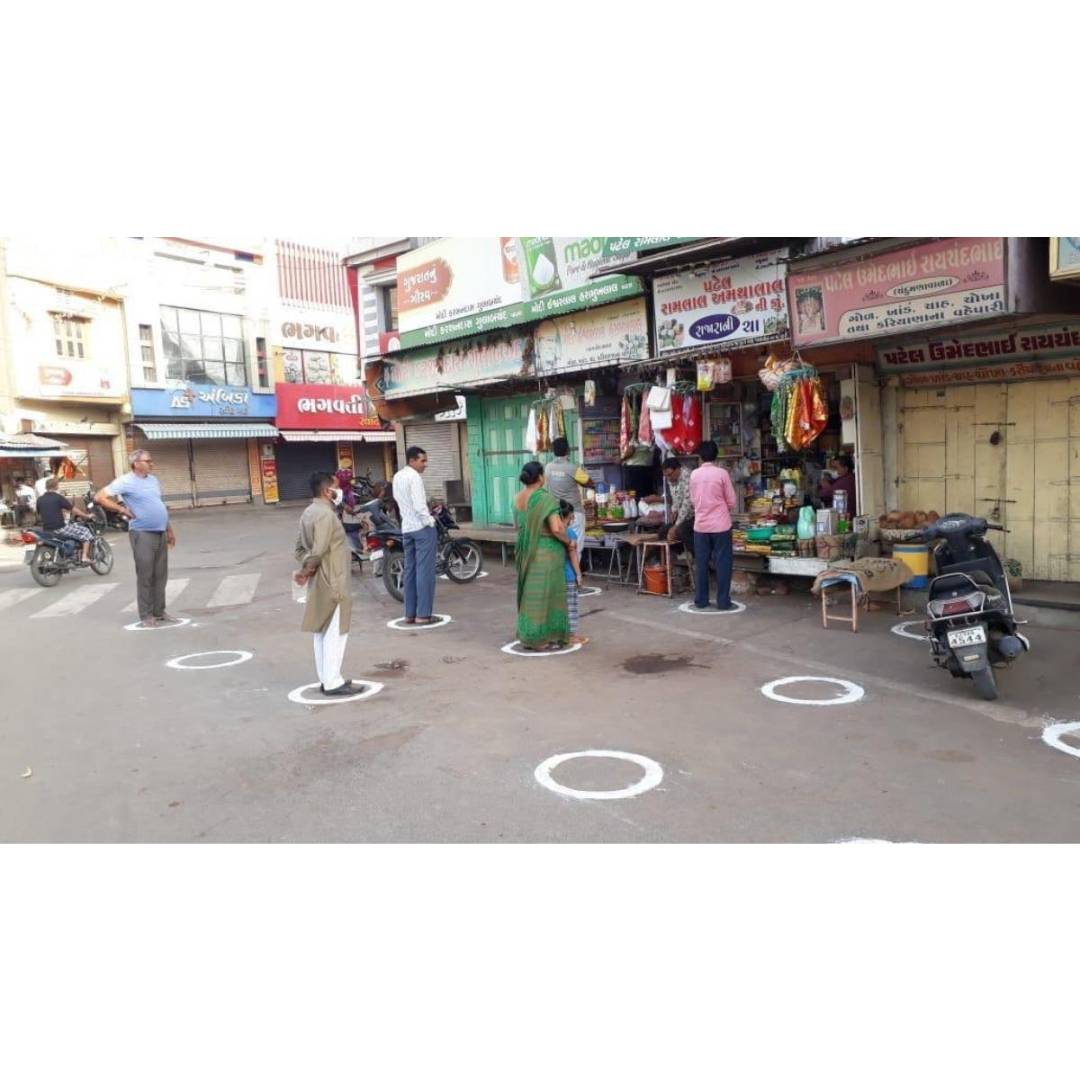
A very close friend of mine kept saying ‘Chaitya, 2020 is the year!’ It will not only bring him a girlfriend and luck but happiness, parties, and tonnes of money in the stock exchange. Waiting for 2020 to come, we all were excited and wished what he said to come ‘true’. By the time 2020 came, the world saw the worst of Australia fire bush and then the major pandemic Corona Virus which definitely did not bring my friend a girlfriend, but brought the risk of death over happiness, social distancing over parties and stock market crash alike 2008.
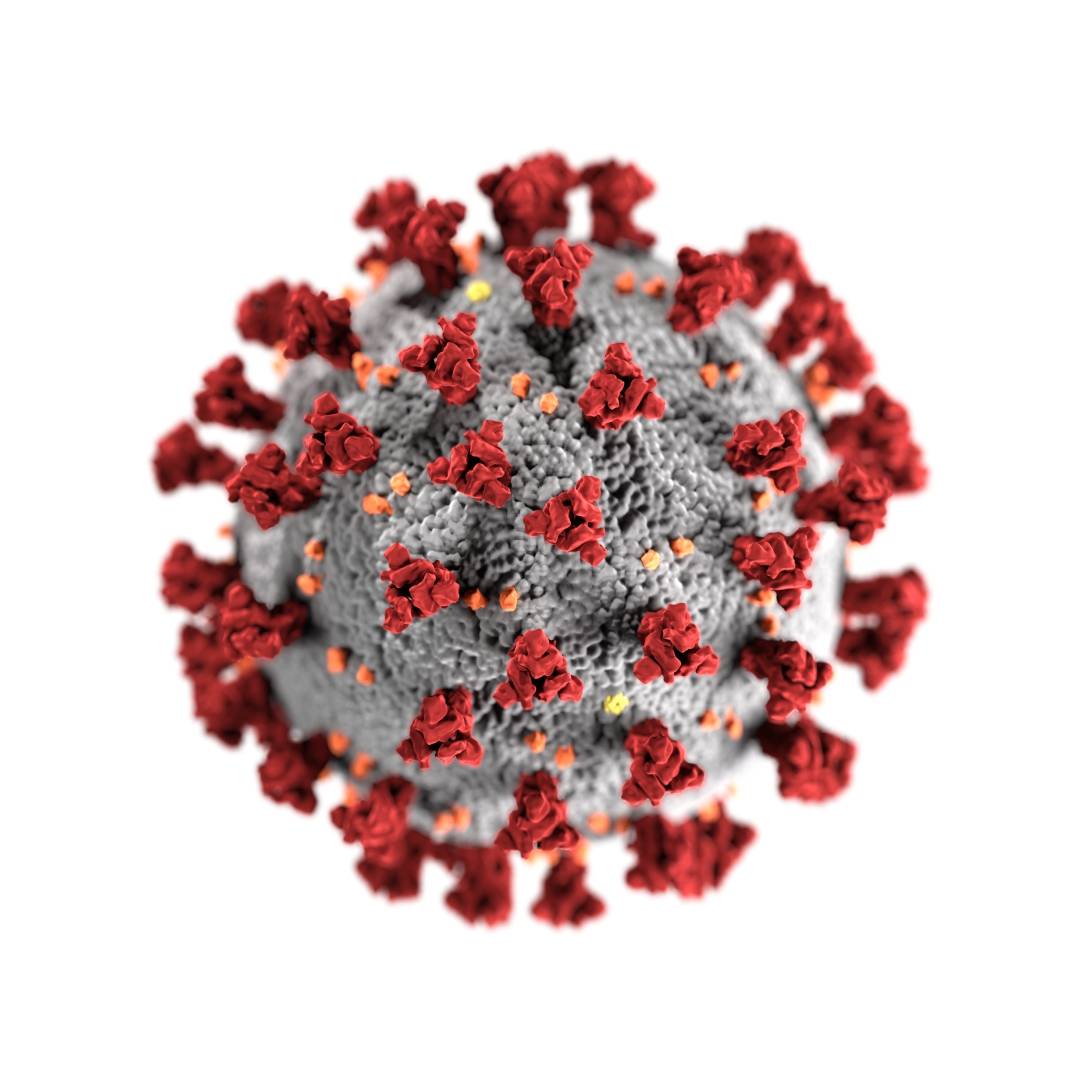
The Deadly Pandemic
While I am writing this blog, the United States of America has reported nearly 26,000+ deaths, Spain has reported 18,500+ deaths, Italy – 21,000+ deaths and India registers 350+ deaths. The major economies in the world are locked down and ready to face one of the worst economic crises as per many reports
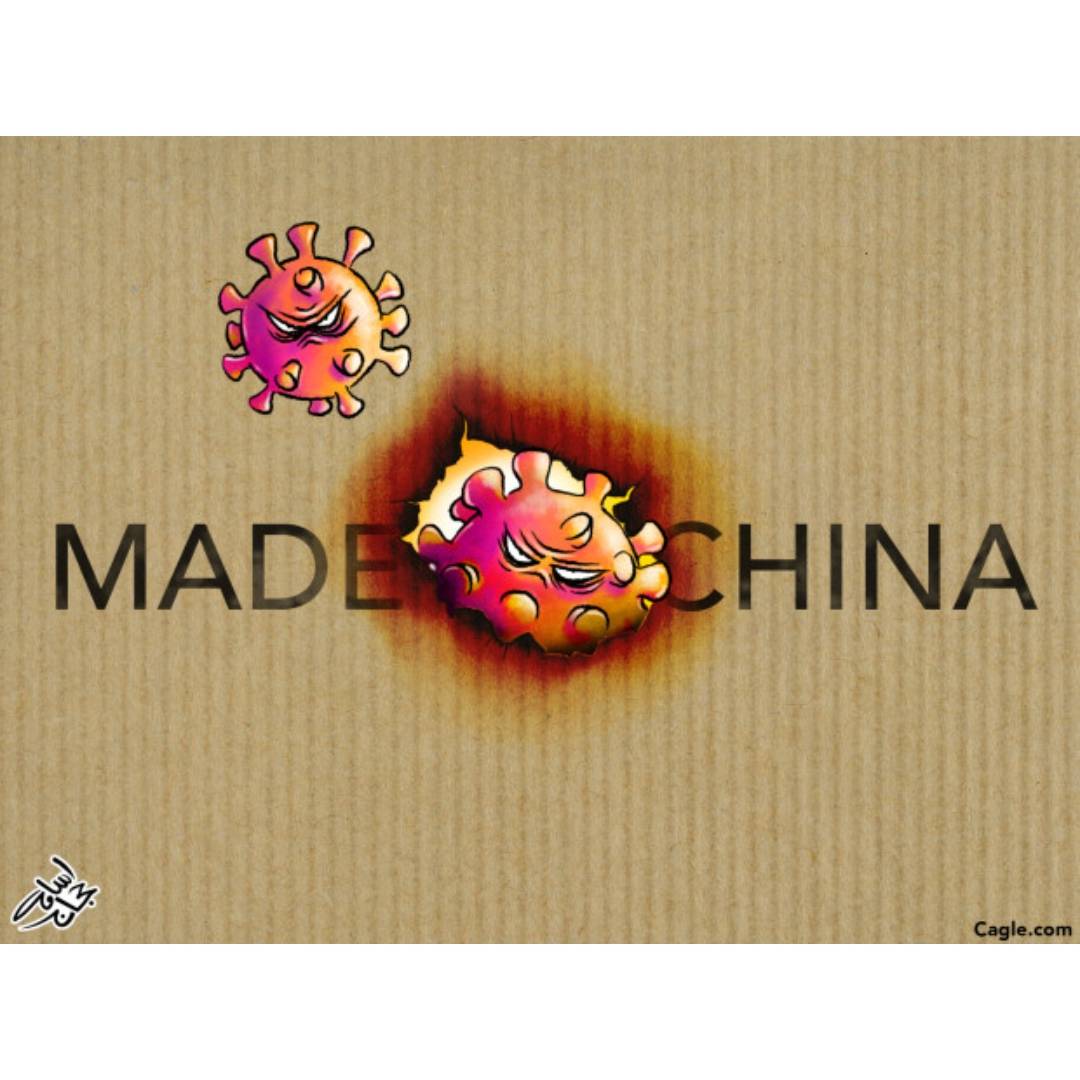
The Chinese virus or the virus that originated from China (for those who think it is racist to call CoronaVirus as Chinese virus should remember if they can proudly label ‘Made in China’ on any product be it a 55 rupees ball or a 75,000 rupees iPhone they should also accept this label as well) has affected the civilization which will not only damage the global economy but this pandemic will play a key role in how humanity progresses socially, culturally and politically.
Personally, I am excited to look at the changed perspective of the society on caring about nature and related ecosystem and personal hygiene and health will be a foremost discipline to follow. One thing is for sure. The ‘Thought Process’ of several people and countries is about to change. The myth and arrogance of many are about to be broken. A reality check is on the cards!
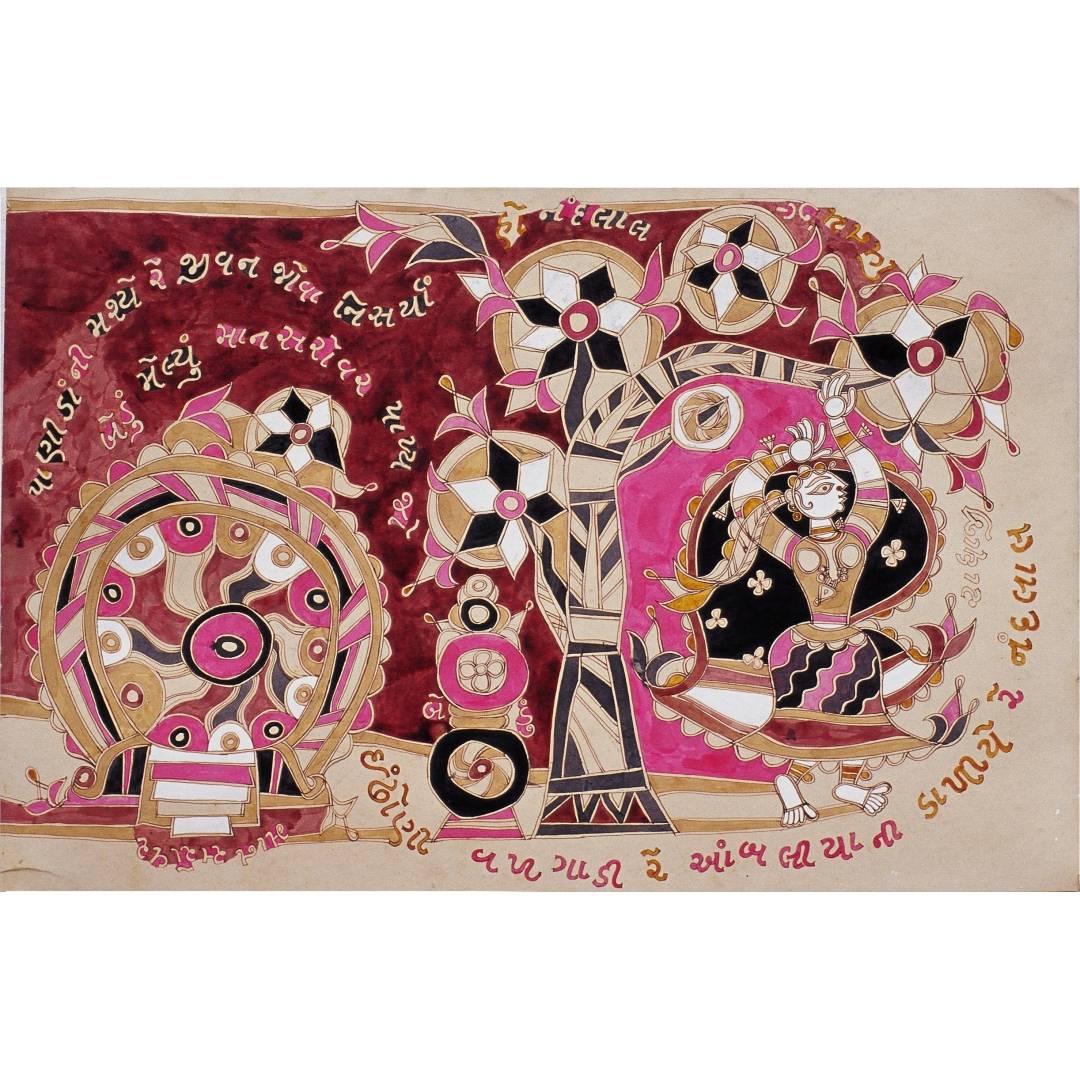
Finding Indian Art
Where does art stands post coronavirus and especially what happens to the Indian art market? The real problem starts with the big businesses. For the next 2-3 quarters, almost all major corporations will face a crisis. The top collectors that buy or invest in Indian art belongs to these big industries.

When they bleed, the art industry gets affected. If the chairperson is hit, the board will also face the heat. These board members are the art lovers in the art ecosystem. Along with them, comes in the small and medium business owners. When they get affected, their disposable income also reduces. If that is condensed than the sale of non-essential products like paintings will be the last option they would add in their cart.
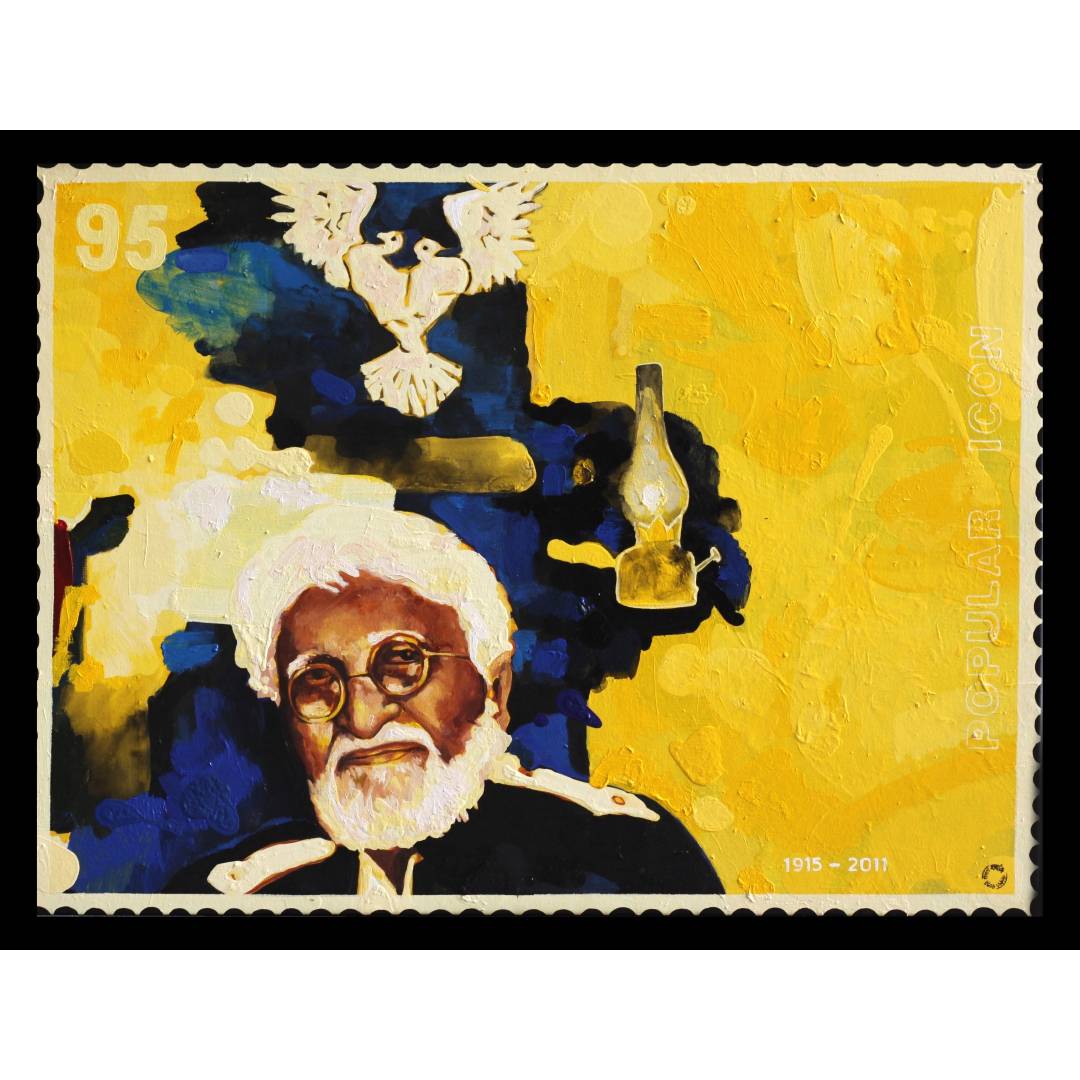
The Last Decade
The Indian art market had a ‘golden patch’ from 2003 to 2007. After the 2008 recession, things became worse and the market is struggling to keep the pace up with its past records. From then several art galleries have either closed down or struggling to survive.
In 2013-14 the market saw a bit of an upwards trend but the buying was limited to the masters and ‘valued signatures’. Collectors started investing in the likes of Husain, Gaitonde, Tyeb Mehta, Raza (the blue chips stocks like Reliance and TCS) to keep their funds safe with an assurance of minimum risk in these artists. It was the correct strategy on their part to earn safe and high returns on their investment in the long-term.
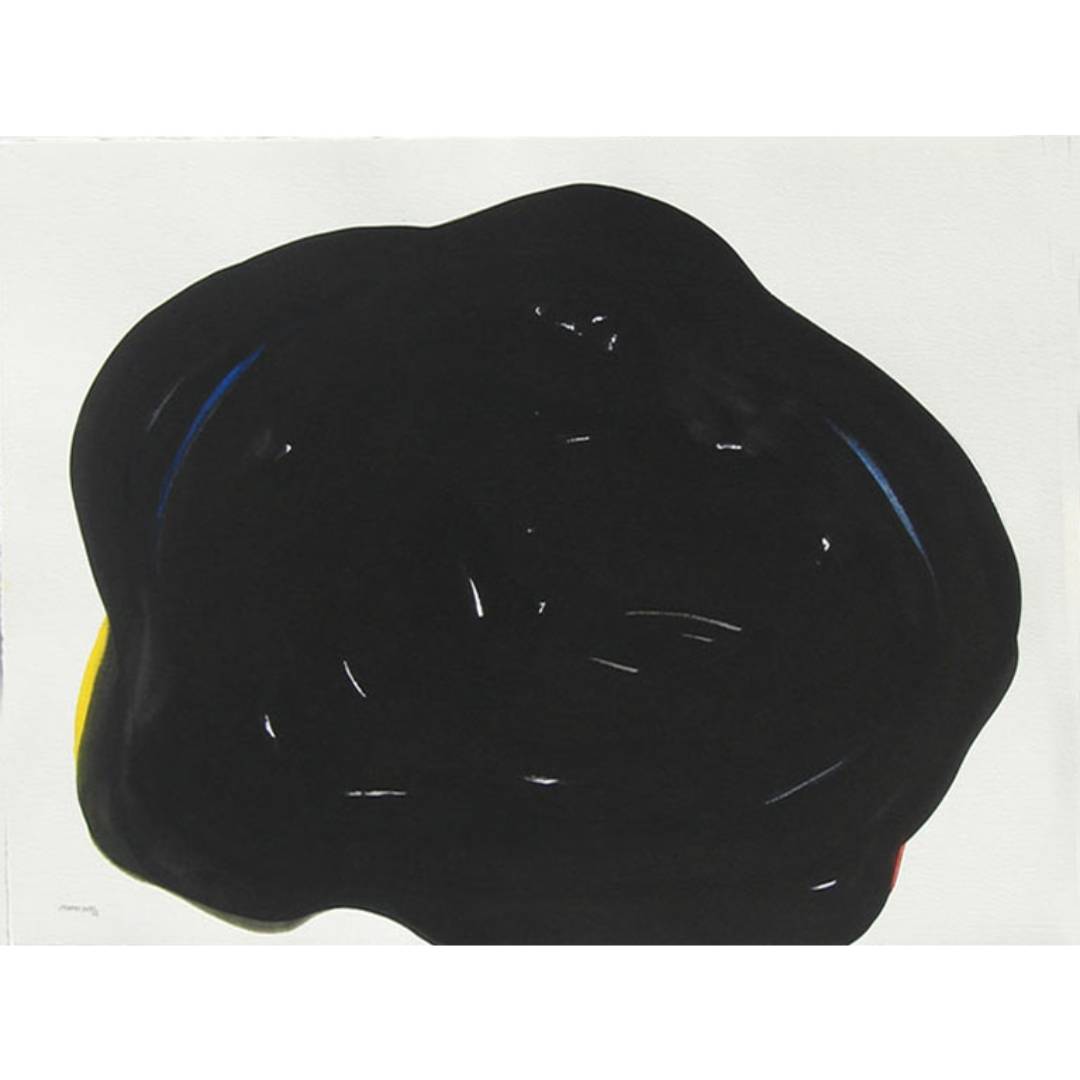
However, post Covid19 the ‘living artists’ will face the real brunt. Currently, out of 100 names, 10% are known ‘master artists’ who are dead 30% are the famous living artists. Whereas the remaining 60% is sub-divided into 20% of mid-senior artists and 40% emerging artists below 40 years. In such uncertain times, with a definite fear of risking their money in an unknown and emerging artist, who will be ready to invest and collect works from these majority of artists? That leads to a tricky situation as to how can we withstand the base of the pyramid and make them live and prosper.
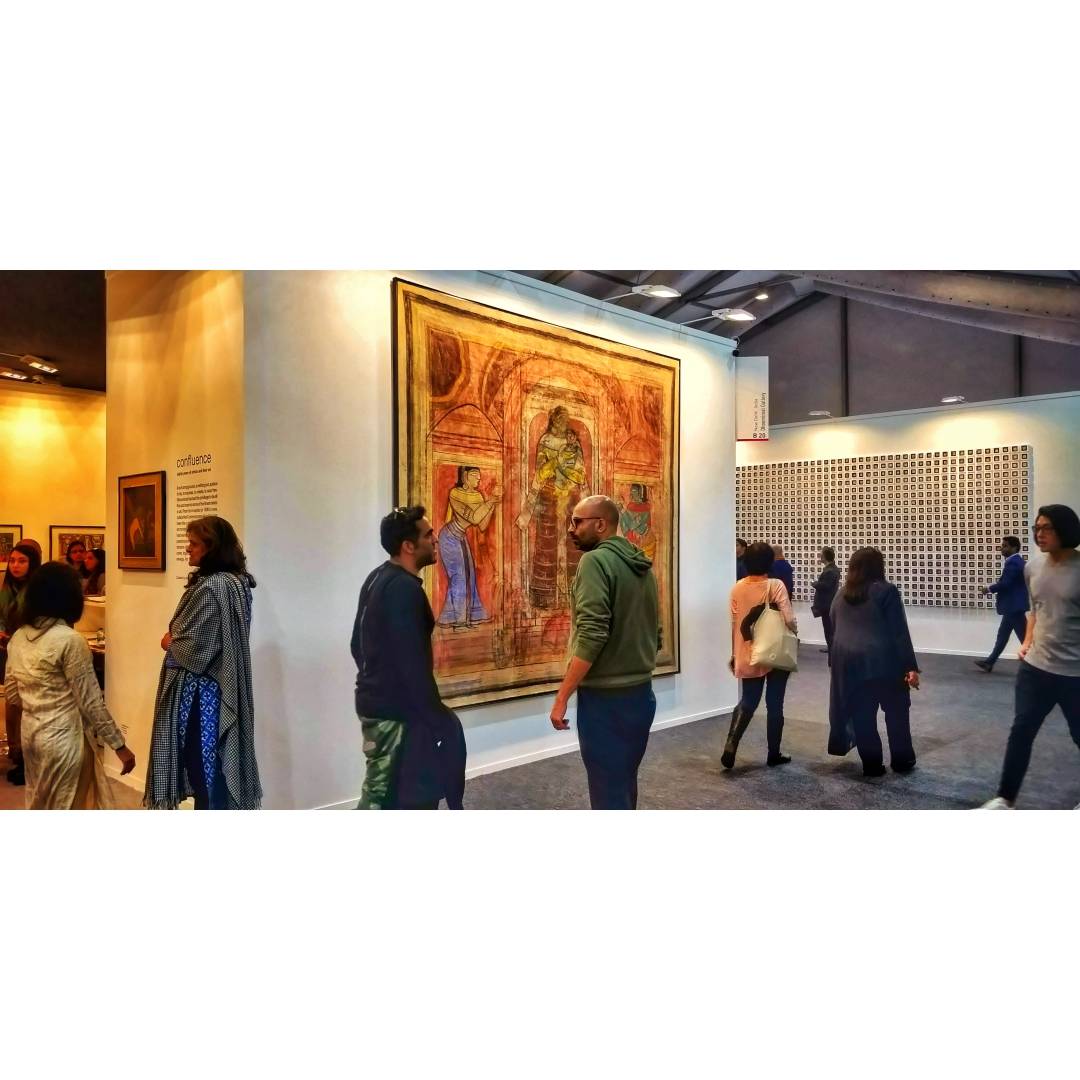
Opportunity for the Indian art ecosystem
The next big question in everybody’s mind would be what should be the game plan to survive, sustain and expand the Indian art market in the near future? I think by keeping it simple and logical we can solve it by having ‘SOUP.’ This SOUP is an antidote to save India’s cultural economy.
1. Being Swadeshi
2. Grabbing the Opportunity
3. Standing United
4. Reasonable Pricing
The first ones to get affected by this pandemic and slowdown will be the ‘living artists’. Hence, they should grab this opportunity to their best.
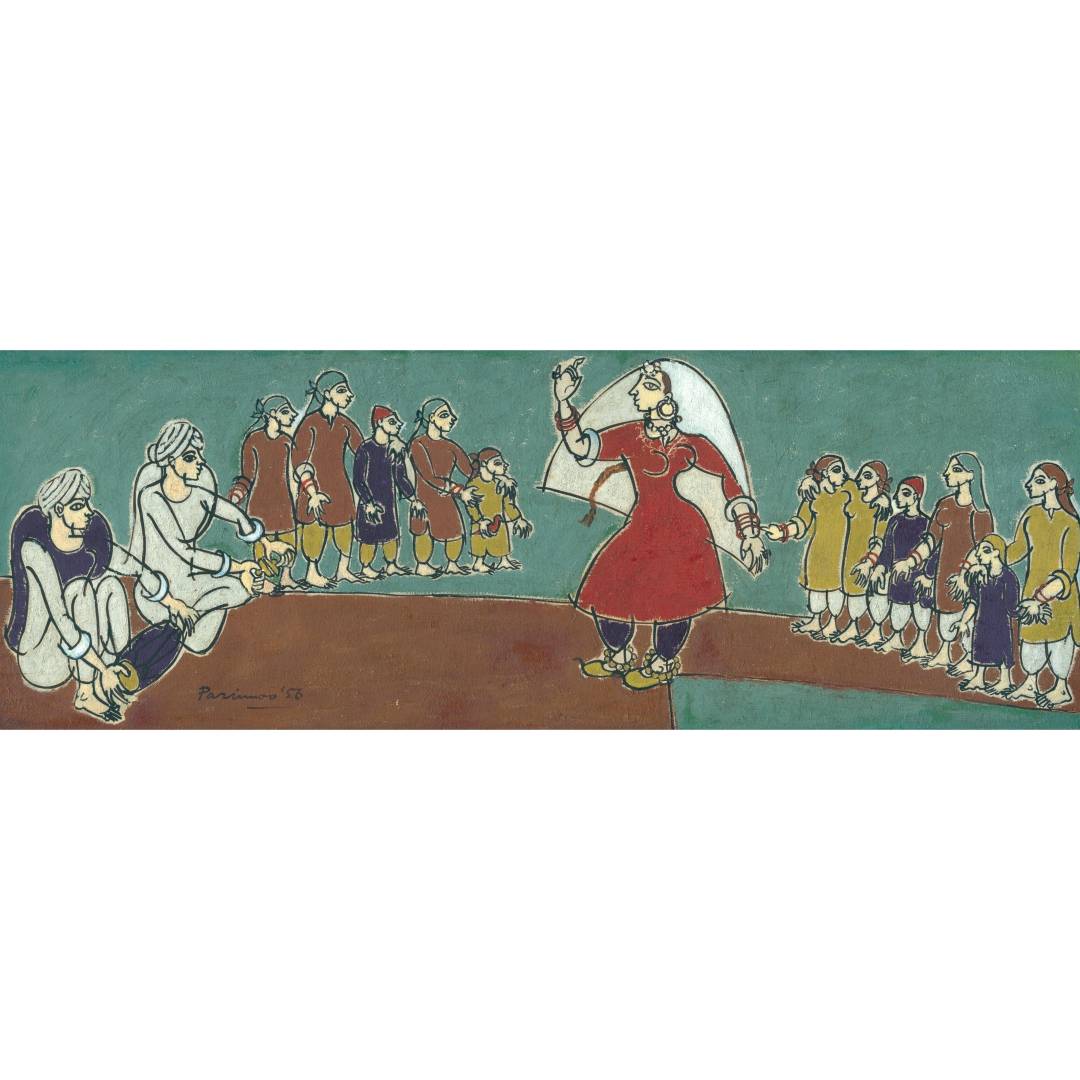
During this lockdown and slowdown period to come, there is enough time to think, research and introspect by going back to our roots. Artists should try to innovate their own style and language. Off lately, Indian art has lost its touch with more foreign influence pouring in the name of contemporariness. I am of an opinion where I think globalization should not be to such an extent, which wipes off our own astitva (existence). An opportunity and want is seen for the artists to go global and create content that enriches the Indian essence in their own style that the world has not seen.
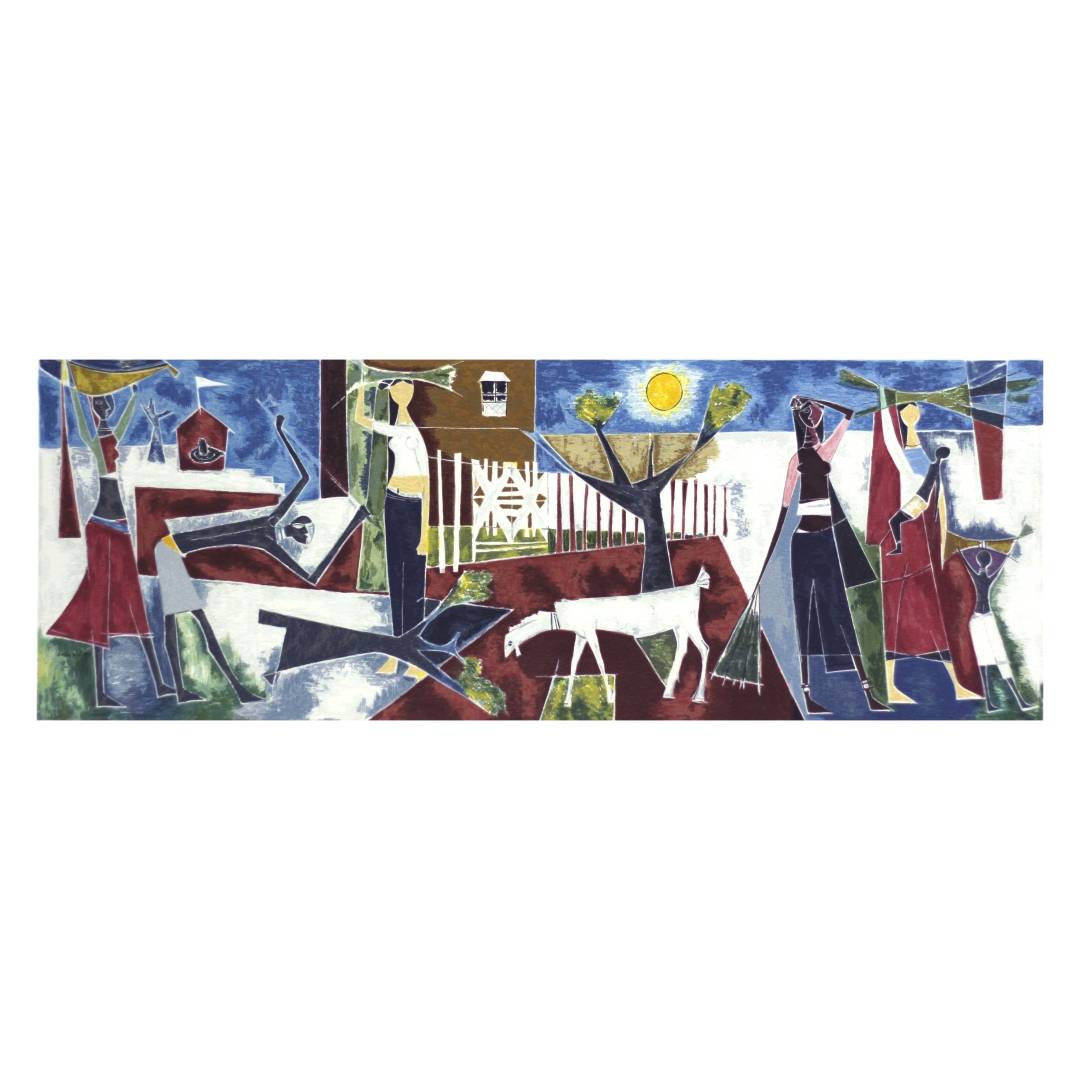
The advantage art investment and collection gets in comparison to stocks, real estate and gold is it is not limited to ‘market-driven’ sentiments. The quality or to be precise ‘aesthetic’ quality of an artwork is the ultimate parameter for its value and sales. The artists should focus on producing ‘Quality’ artwork, and remember an artwork with quality never fails to sell. This is the chance for the emerging artists to sow the seed for their future.
From a commercial point of view, they should create small and medium works that are easy to buy in context to both size and price.

Buyers (investors, collectors and art connoisseurs)
First preference of any buyer should be to invest or collect in a living artist’s work.
Most freelance artists will now find it difficult to survive. Having said that, chances are they will sell their artwork at a reasonable discount. Here is the chance for the buyers to jump into this opportunity. However, investing and collecting without proper assessment leads to loss. (Check this guide before investing – https://adiaryofacurator.com/episode-5-how-to-prevent-falling-into-the-trap-of-fake-art/) A buyer should not jump into buying any artwork just because it is being offered for a lip-smacking discount.
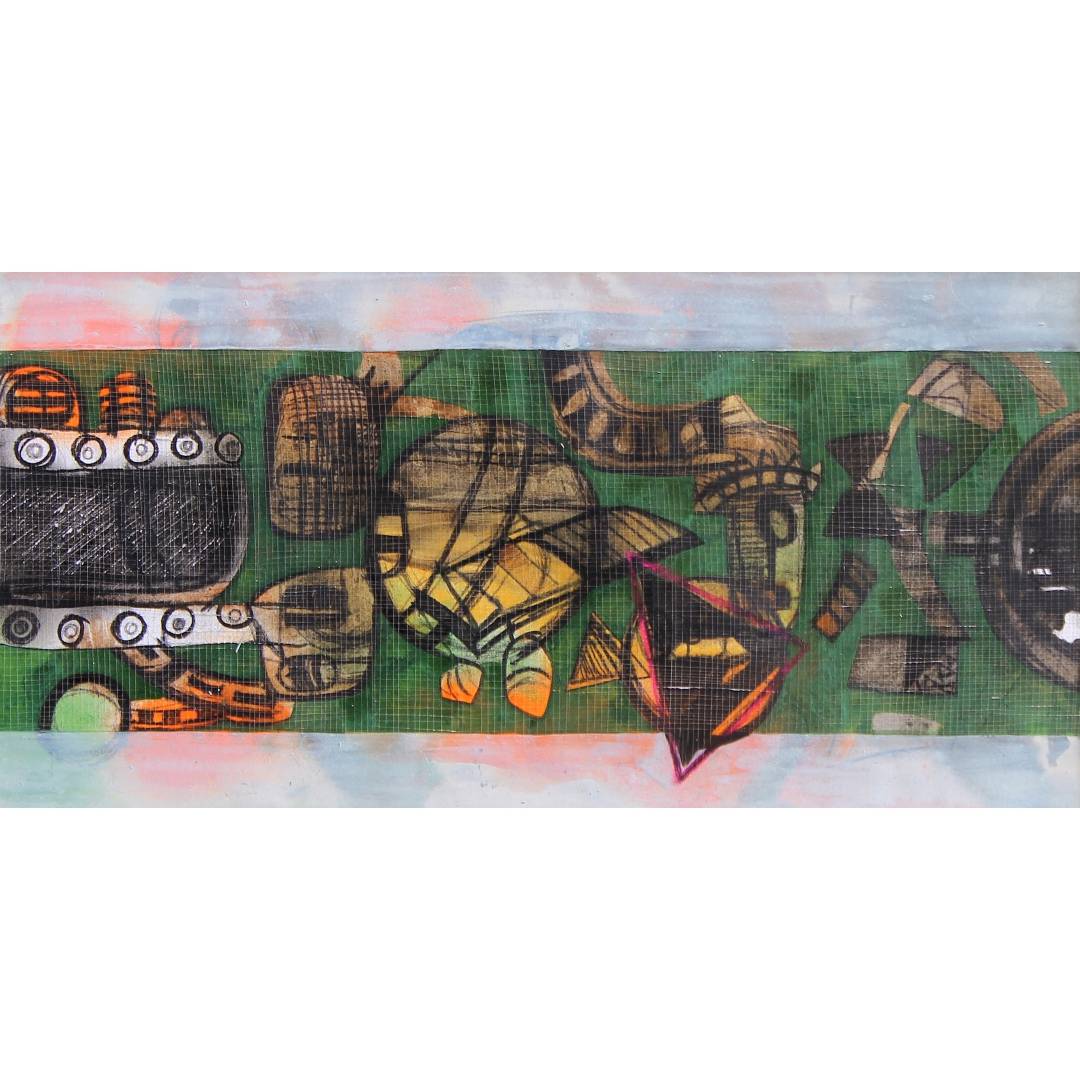
There is a popular concept for an investor who knows that the worst time is actually the best time to invest and make money. I would add, with that thought comes a big word called ‘Caution’. A buyer should focus on quality artwork rather than discounted products. In this time, buy as a collector and not as an investor. This will prove to be an intelligent buy for generations to come.
One of the major reasons why Indian art and Chinese art has sustained and expanded is because its own people who buys a major chunk. What happens to the Indian stock market when the FIIs pull out their money? Indian markets have sustained because the majority of our money is invested in the market. If a buyer invests and collects artwork by an Indian artist, he is promoting Indian art and culture. Moreover, in the long run the demand of that artist and his works increases which results in good returns on investment. The time has come to be selfish, and buy Swadeshi.
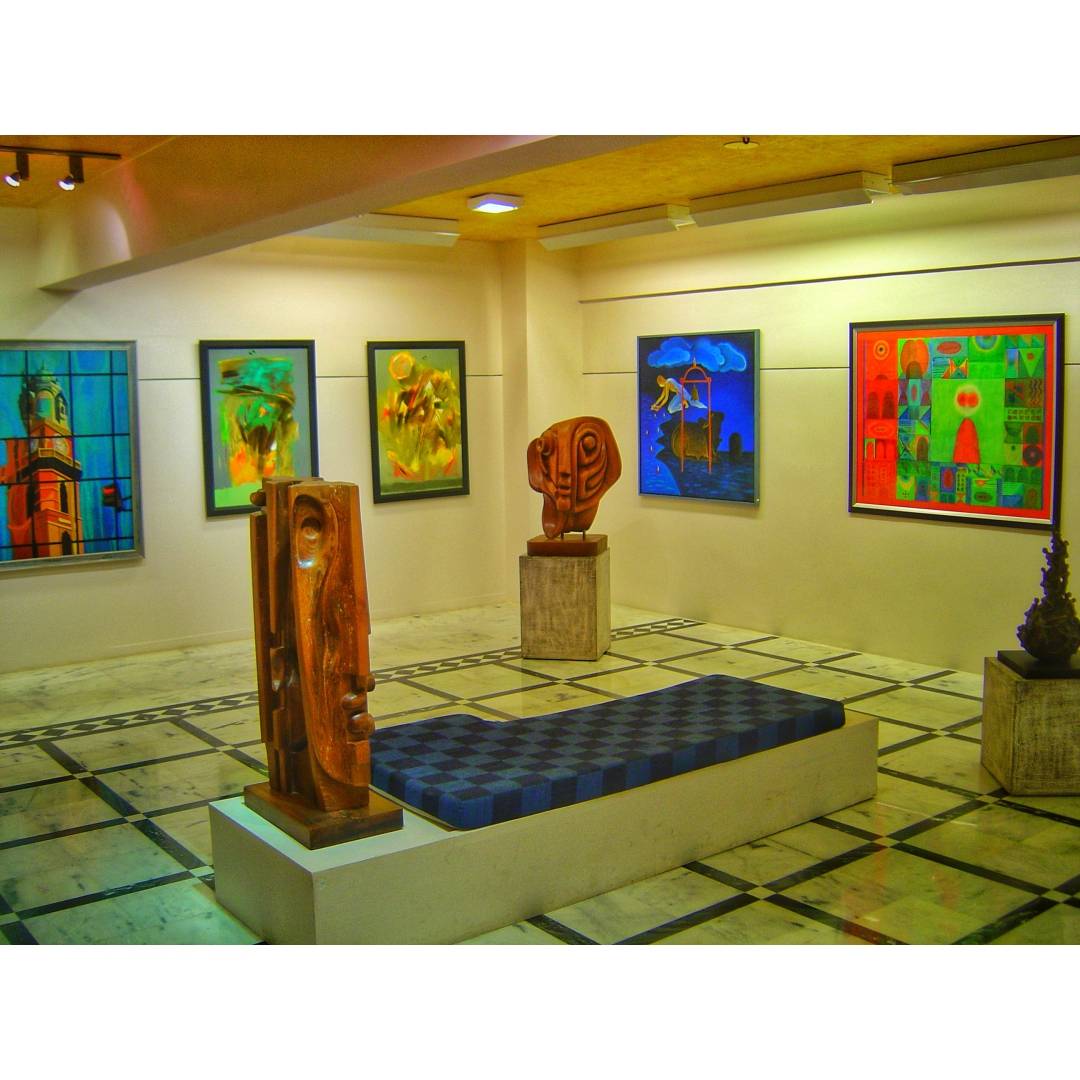
What Art Galleries Should Do
- The commercial art galleries should try to market these ‘living artists’. The opportunity lies in exhibiting a new perspective of art by the younger lot and should embrace this new wave that is waiting at their doorstep.
- By balancing a reasonable pricing tool, the gallery can build a friendly gap between the buyer and the seller. A win-win situation can only be created by a professional gallery, that understands the importance of money rotating hands at this time.
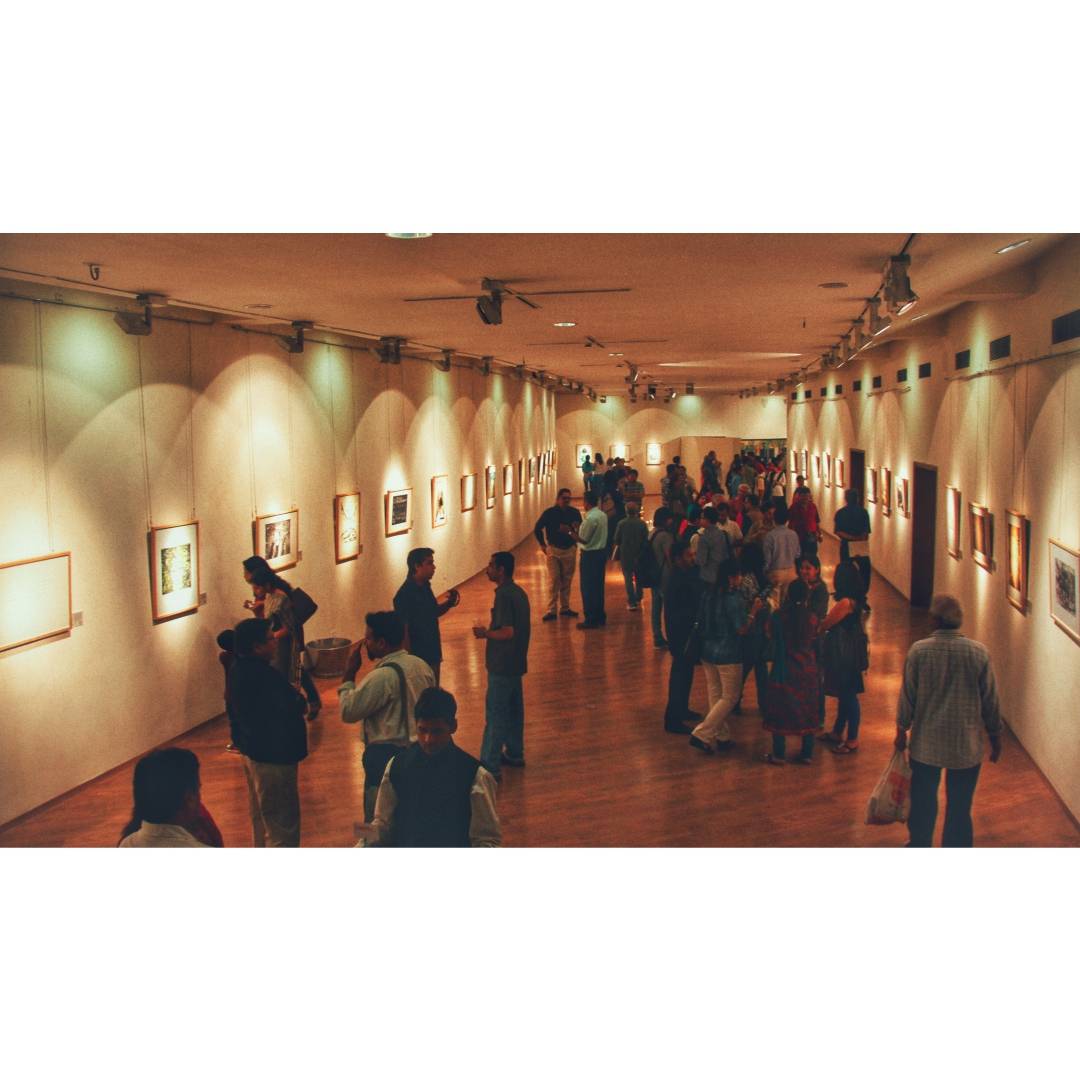
The Role of Society
Society and art go hand in hand. Normally, it is believed that the artists ‘gives’ to the society. However, in such times, to preserve the gems of our nation should become a priority for us citizens. The society now has to play a key role from here. Not limited to buying but encouraging artists by visiting their exhibitions, appreciating their work and showing interest by discussing their art or understanding art from them. This will not only boost their morale in difficult and depressing times like this but also encourage them to create something extraordinary, which will nevertheless benefit the society. It is time to be united, and support them.
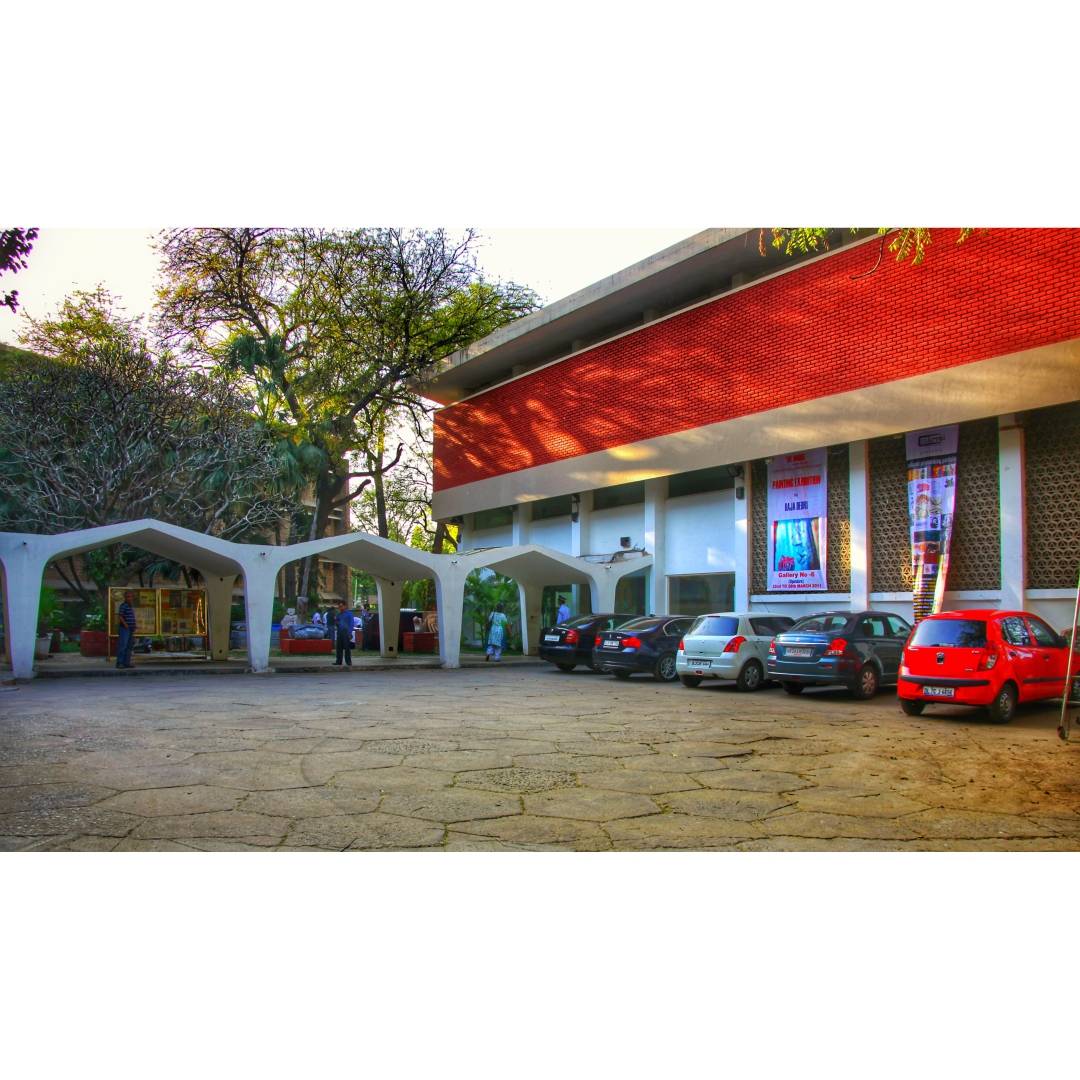
Role of Government
In spite of having unlimited talent and rich heritage we are yet to achieve the stronghold in the global art scene. In order to save the cultural economy of our country the government has to intervene to protect its creators. We need to protect the genuine artists who work tirelessly to multiply the rich legacy of our art and culture
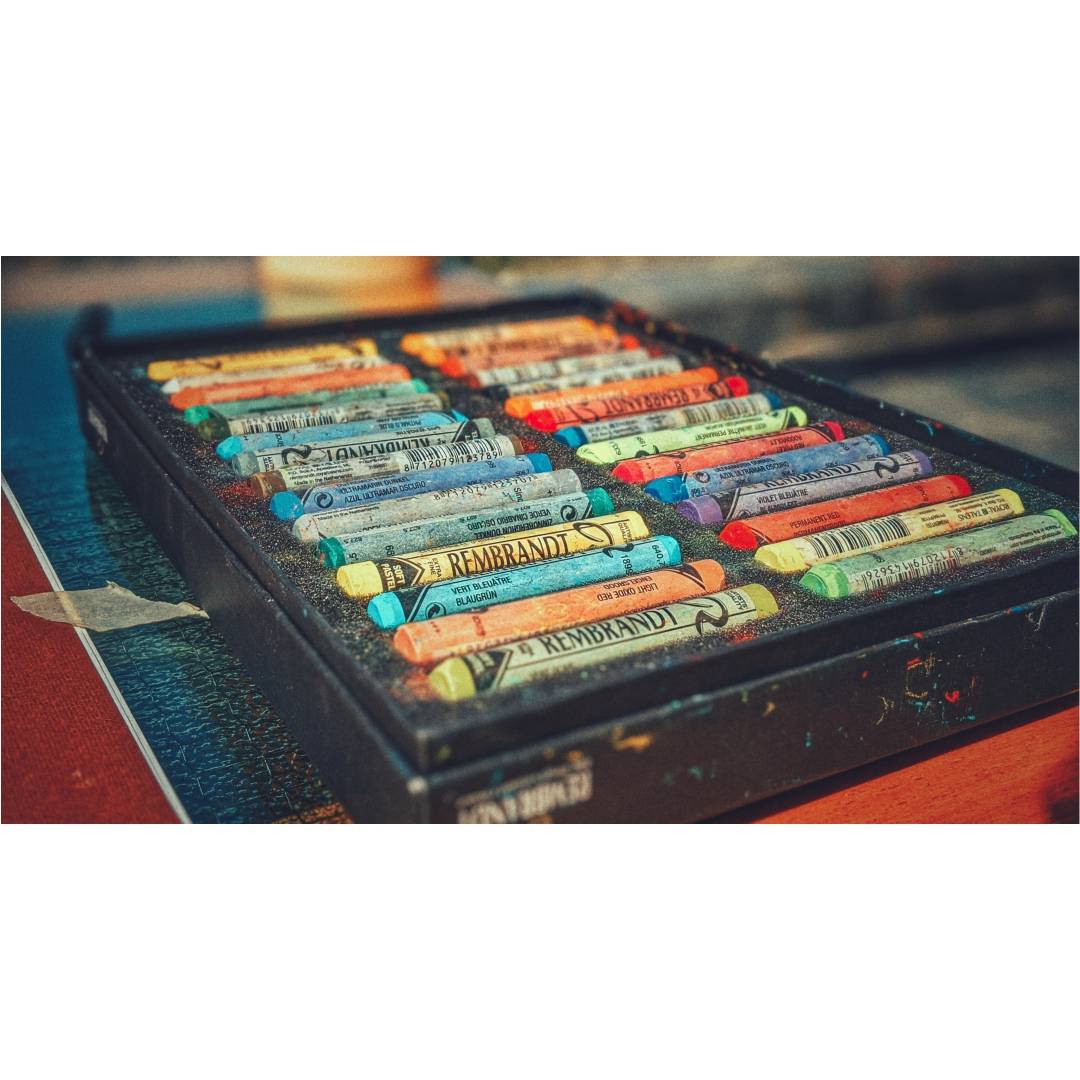
The government should provide a fixed amount or certain subsidy to the artists for the next few months on buying art materials like canvas, papers, brush, colours, and tools used for printmaking including plates and ink and expensive material metals used for creating sculptures.
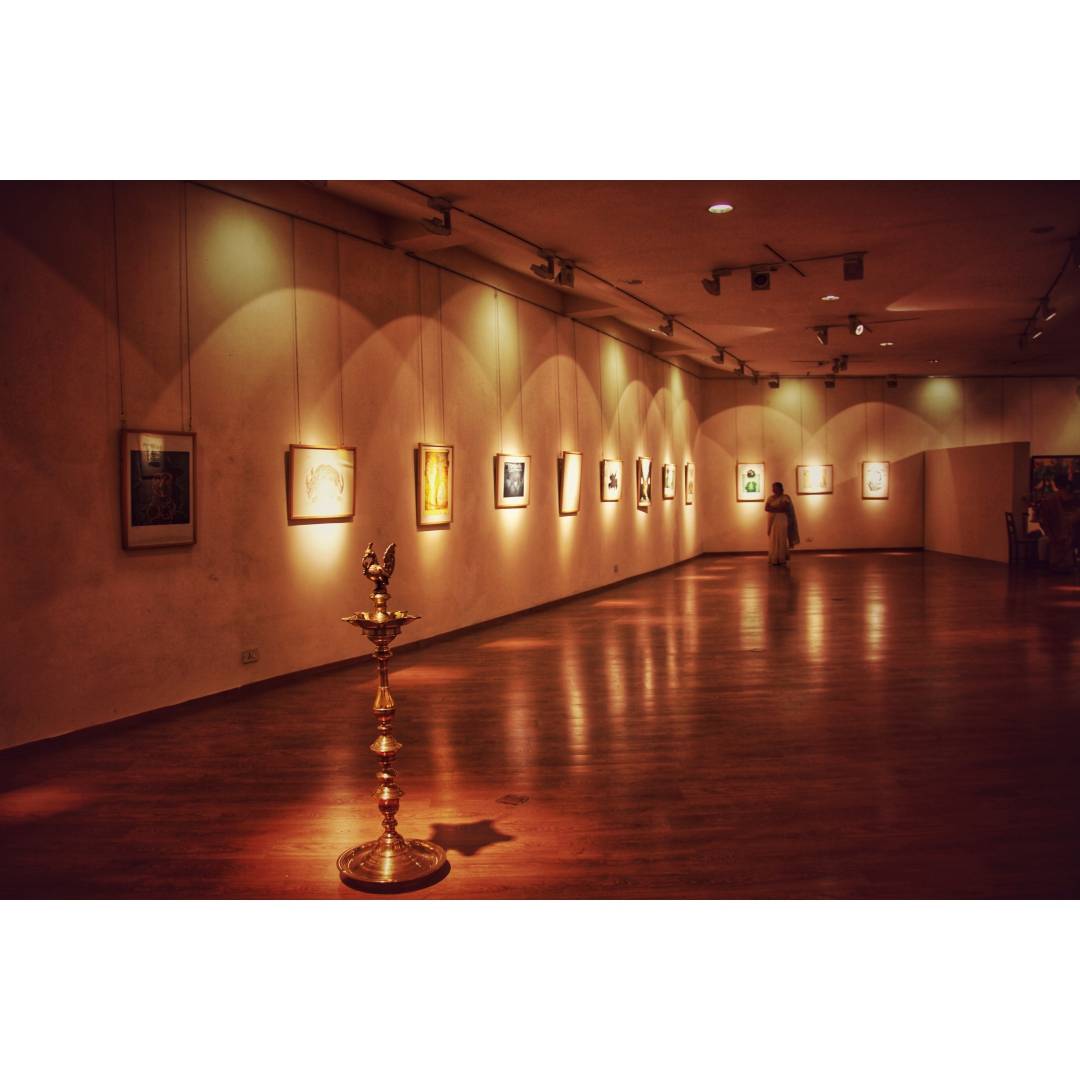
The cultural ministry should provide state owned art galleries ie. The Lalit Kala Academy galleries and museum gallery spaces free to the deserving artists until next 8-12 months.
The finance ministry should consider that the taxes levied on the ‘living artists’ artworks be brought down to 5% to 12% on a billing amount => 50,000 rupees. This will help them run their livelihoods and studio.

The Road Ahead
With major economies crumbling, their people will find it difficult to survive. In that situation, the focus would be on survival rather than creation. I see a big opportunity waiting at India’s doorstep. For Indian artists, it is a great opportunity to create a movement of its own, which the world can adopt. For Indian collectors, a chance to create a bank and compete on the cultural currency with their counterparts globally. The galleries has the ecosystem that supports it to become the ‘producer’ whose product the world will consume.
This is not the first time the Indian art market has seen such times. The very birth of contemporary art has been from such difficult times. However, today things have changed. Earlier, art was not expanded widely as it is now. Currently, thousands of people are directly or indirectly dependent on the fine arts market. The artists have become professional and art is their only source of income, the galleries have invested heavily in infrastructure and collectors are waiting for their ROI. In this digital India, we should grab the opportunity instead of defending this challenge.
When the global economy is weak, India should try to create a cultural influence over the world. If the entire art ecosystem functions hand in hand, we will sow the seed of India reclaiming its cultural supremacy.
Disclaimer
In this blog, I have tried to share my personal experiences and knowledge gained over the years talking to and understanding artists, collectors, buyers, students and most importantly people who don’t have much interest in art and the watercolour medium. All of them have given me a different perspective in understanding this wonderful medium. It can be a quick guide for a students, novice collector or buyer who wants to start collecting watercolour artworks.


